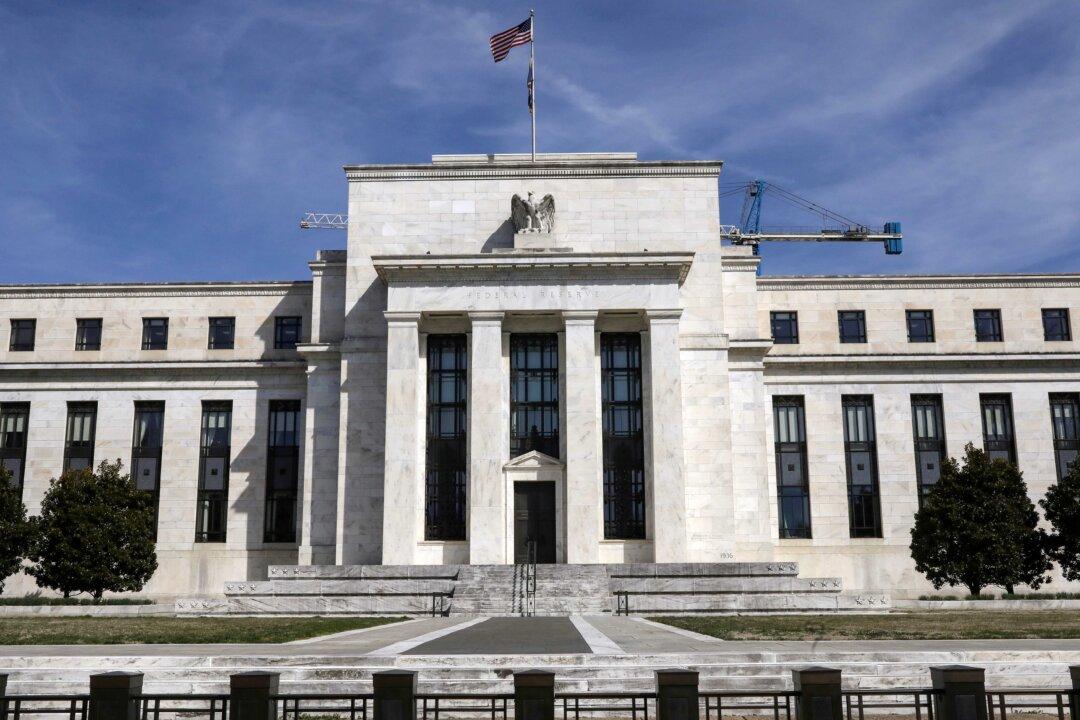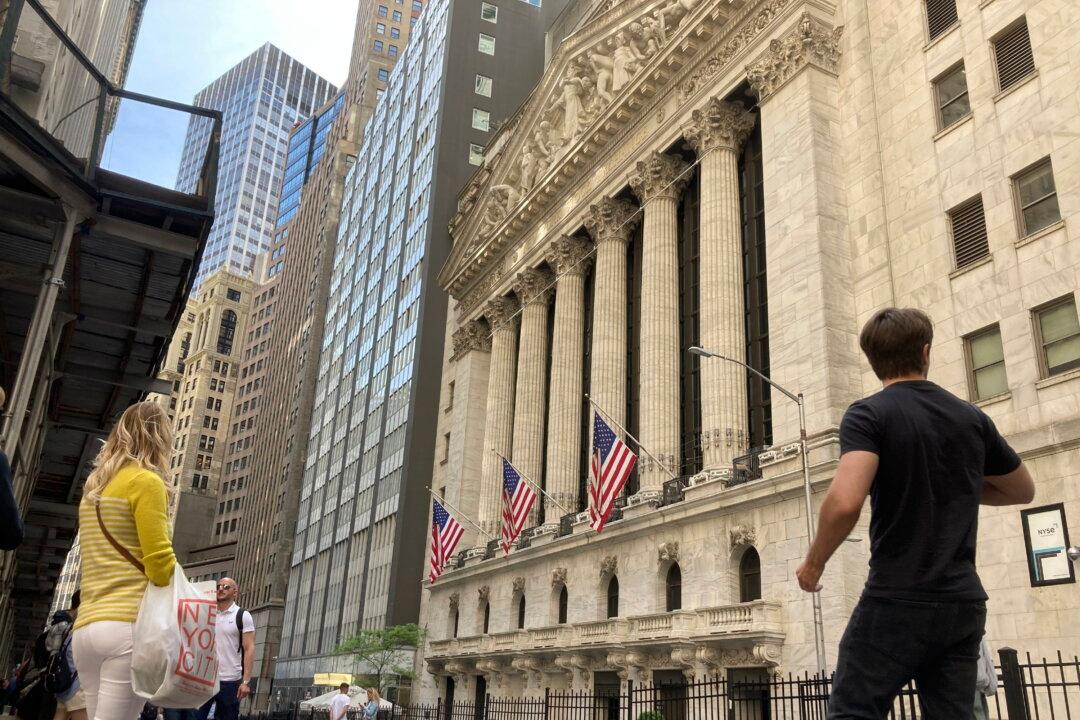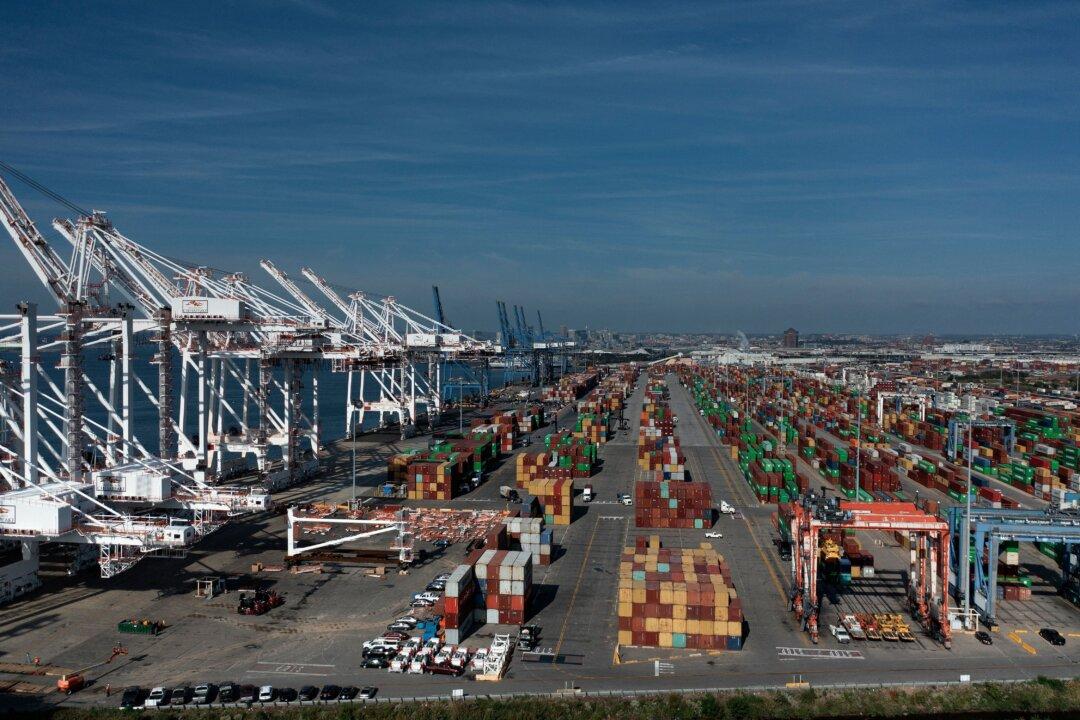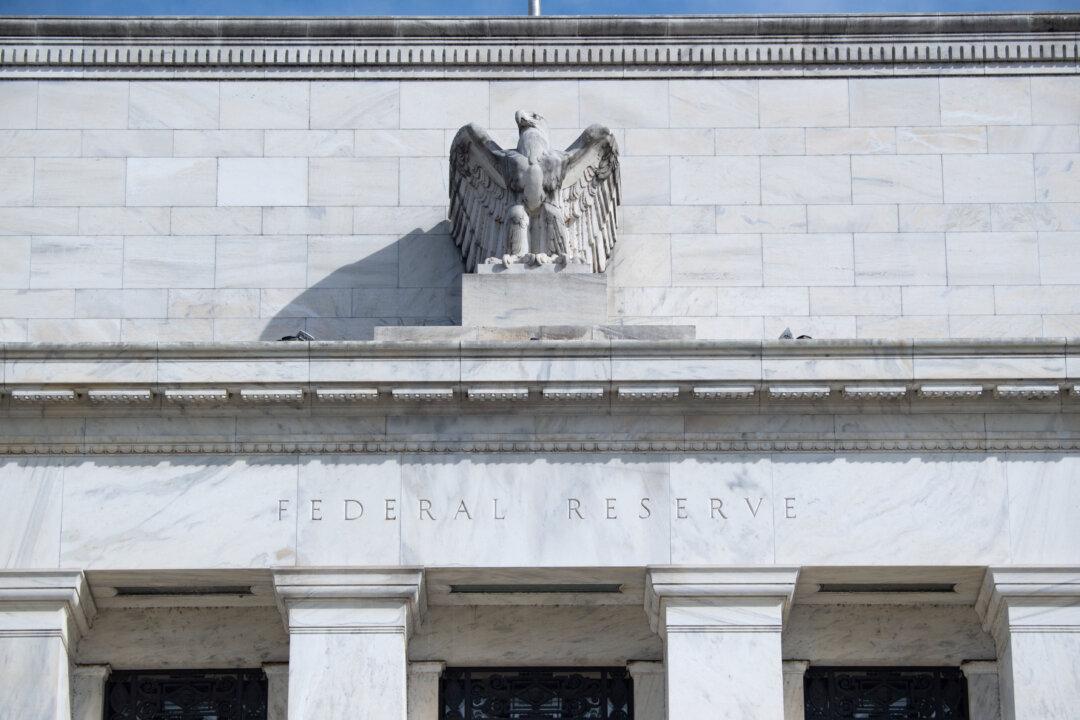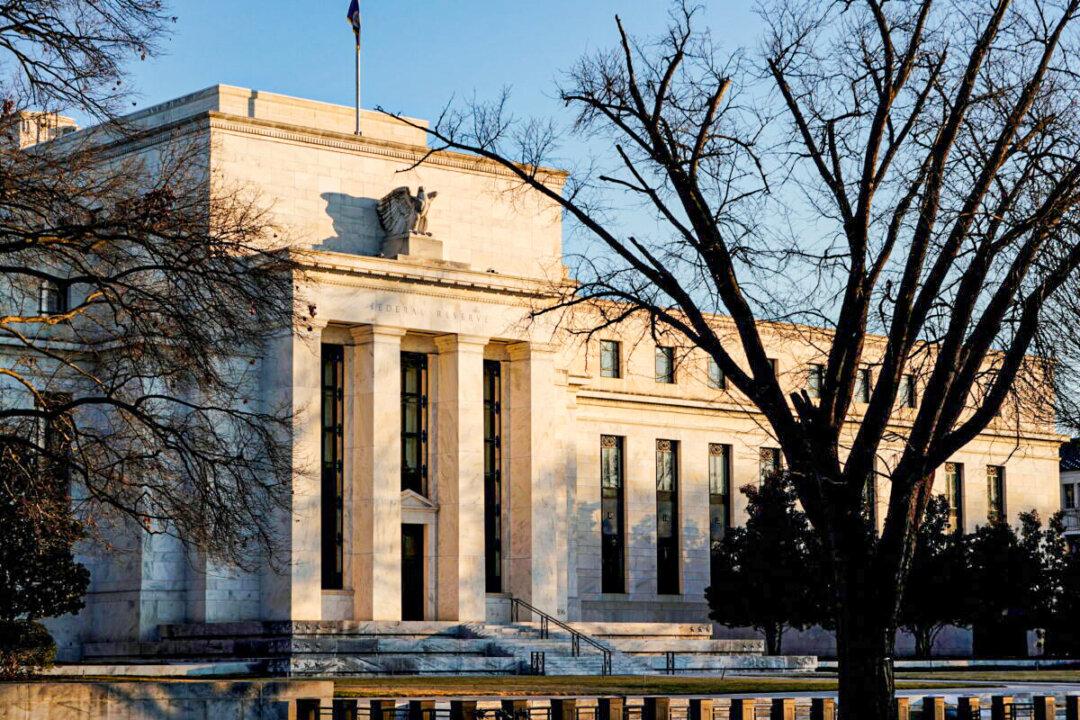Commentary
Last week, the Fed was handed an unexpected gift as first-time jobless claims fell to the lowest level since 1969, which gives the Federal Reserve the green light to continue tapering its $120 billion monthly purchases of U.S. Treasury and mortgage-backed securities. Given the Fed’s dual mandate of maximum employment and stable prices, low unemployment claims along with a low unemployment rate allow the Fed to focus on combating inflation.
